Problem Solving Skills For Autism
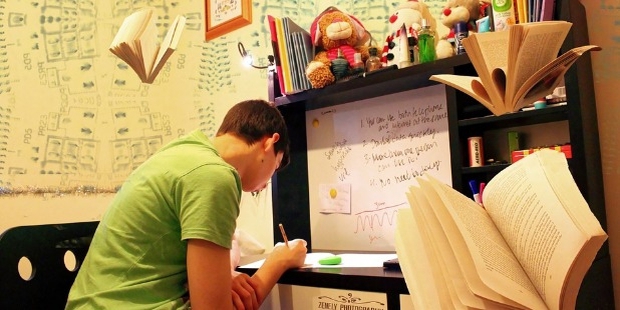
The challenge for parents and teachers is to address the behavior in a constructive manner, rather than simply reacting to it. When they are exhibiting hostile behaviors it is often a sign that they are not receiving adequate support in mastering their environments, both at home and at school. In addition, the aggressive behavior does not necessarily reflect willfulness, rather they lack the social skills required to be accepted by others – especially their peers.
1. Teaching Problems Solving Skills

Positive Affirmations for Students
is useful in addressing hostility and aggressiveness in these adolescents. Help them to attend to social cues that are often missed or misinterpreted. Enhance sensitivity to verbal and nonverbal social cues through games and role play, teaching them to identify social cues in body language and pitch of voice.
2. Coping Skills Toolbox
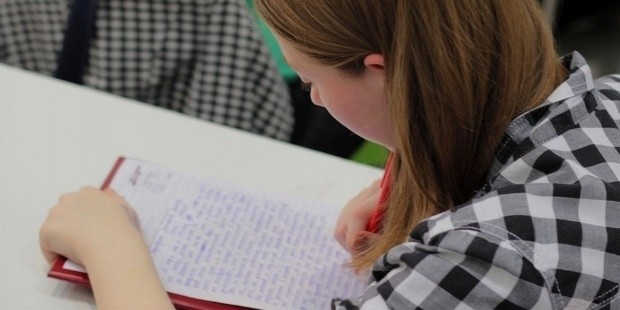
A Coping Skills Toolbox is a place for you to keep things that calm you down in periods of distress. If you can have everything gathered in one place , it will be easier to remember to use your coping skills , rather than using negative behaviors .
3. Self Soothing
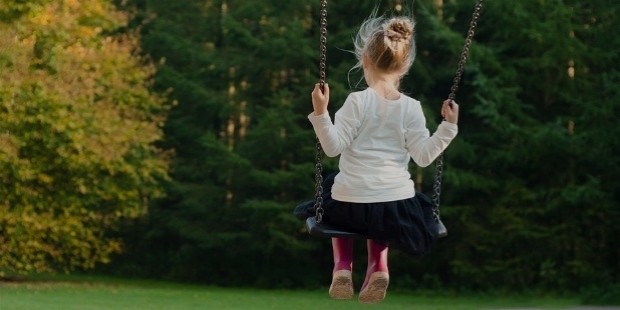
To comfort yourself through your five senses. Something to touch – like a stuffed animal or a stress ball, Something to hear – like music or meditation guides, Something to see – like a snow globe or happy pictures, Something to taste – like mints , tea or sour candy, Something to Smell – Like lotion , candles or perfume.
4. Distraction

Taking your mind off the problem for a while. Like concentrating on Puzzles, Books, artwork, crafts, knitting , crocheting, sewing, Sudoku , crossword puzzles, music , positive websites, or movies etc. This distraction will possibly calm you down and by feeling normalized and relaxed one can then turn back to attending routine.
5. Opposite Action

Positive Thinking Means A Healthy Mind
Doing something the opposite of your impulse that’s consistent with a more positive emotion. Affirmations and Inspirations – by looking at or drawing motivational statements or images , Something Funny or Cheering – Like watching funny movies or TV and or reading funny books.
6. Mindfulness

Tools for centering and grounding yourself in the present moment . Like meditation or relaxation recordings , grounding objects like a rock or paperweight , yoga mat , breathing exercises. These will all help in peace and calm prevailing in the mind and will make you relax.
7. Environmental Considerations
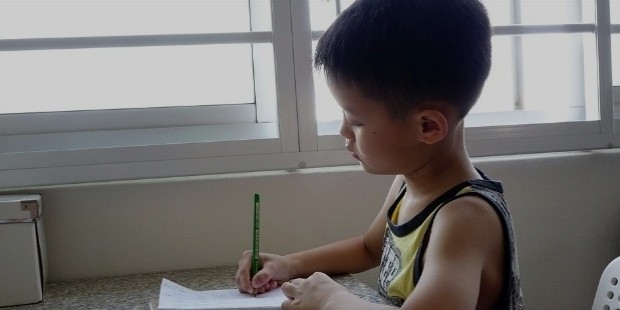
Build Positive Thoughts on Children
Visual and auditory stimulation in the classroom and home must be taken into consideration. The classroom should be organized and predictable. Homework is turned in the exact same way each day. This is important in the home as well. The child's personal belongings have designated "homes."
8. Direct Instructions of Social Skills

Positive Affirmations For Kids
Many children with special needs will benefit from direct instruction in social skills. Most do not learn interaction skills by simply being placed in social environments. Social skills must be taught in the same direct instructional way as any other academic content area.
9. Sensory Opportunities

Most students with autism have some sensory needs. Many find deep pressure very relaxing. Others need frequent opportunities for movement. All students should have a sensory profile completed by an occupational therapist or other professional trained in sensory integration. Based on the profile, a sensory "diet" can be created and implemented throughout the day.
10. Take Advantage of Student Strengths And Interests
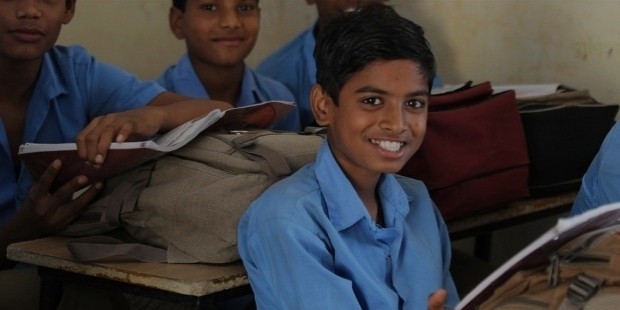
Many students with autism have particular strengths and interests and these should be taken advantage of in the classroom. For example, if a student demonstrates an interest in trains, the student should have opportunities to read about trains, write about trains, do math problems about trains, etc.
Autism is increasing at an alarming rate. The Centers for Disease Control and Prevention stated that the prevalence had increased to 1 in every 88. While the cause of autism is still unknown, there are specific strategies that have been identified as most effective. Children with autism or other special needs have a difficult time communicating their feelings of anxiety. Frequently this anxiety is demonstrated in negative or inappropriate behavior. Care givers must keep in mind that all behavior is communication.









